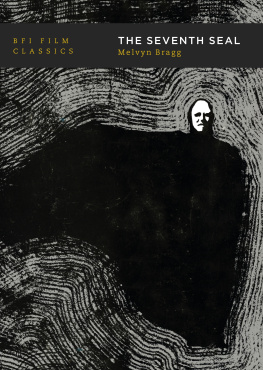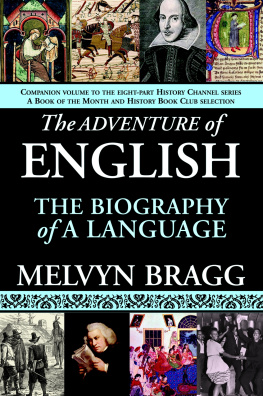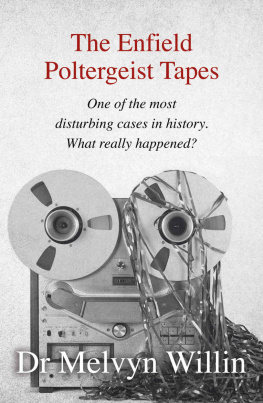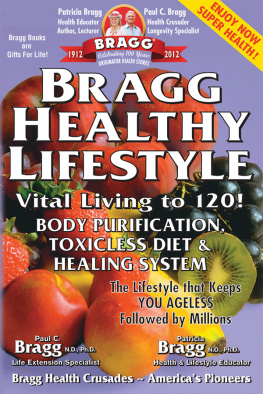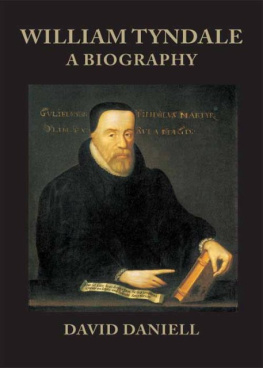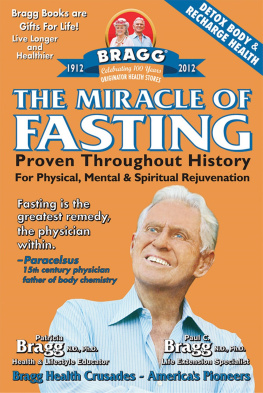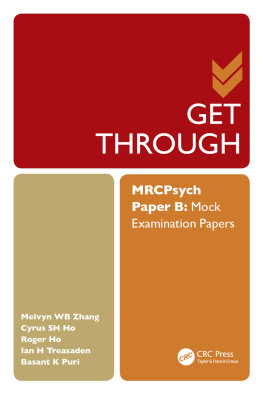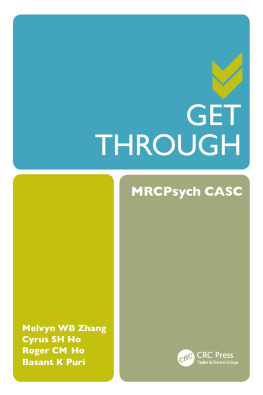Melvyn Bragg - William Tyndale: A Very Brief History
Here you can read online Melvyn Bragg - William Tyndale: A Very Brief History full text of the book (entire story) in english for free. Download pdf and epub, get meaning, cover and reviews about this ebook. year: 2019, publisher: InterVarsity Press, genre: Religion. Description of the work, (preface) as well as reviews are available. Best literature library LitArk.com created for fans of good reading and offers a wide selection of genres:
Romance novel
Science fiction
Adventure
Detective
Science
History
Home and family
Prose
Art
Politics
Computer
Non-fiction
Religion
Business
Children
Humor
Choose a favorite category and find really read worthwhile books. Enjoy immersion in the world of imagination, feel the emotions of the characters or learn something new for yourself, make an fascinating discovery.
- Book:William Tyndale: A Very Brief History
- Author:
- Publisher:InterVarsity Press
- Genre:
- Year:2019
- Rating:3 / 5
- Favourites:Add to favourites
- Your mark:
- 60
- 1
- 2
- 3
- 4
- 5
William Tyndale: A Very Brief History: summary, description and annotation
We offer to read an annotation, description, summary or preface (depends on what the author of the book "William Tyndale: A Very Brief History" wrote himself). If you haven't found the necessary information about the book — write in the comments, we will try to find it.
William Tyndale: A Very Brief History — read online for free the complete book (whole text) full work
Below is the text of the book, divided by pages. System saving the place of the last page read, allows you to conveniently read the book "William Tyndale: A Very Brief History" online for free, without having to search again every time where you left off. Put a bookmark, and you can go to the page where you finished reading at any time.
Font size:
Interval:
Bookmark:
TYNDALE
THE HISTORY
THE LEGACY
1494 | Born in Melksham Court, Stinchcombe, Gloucestershire. The family also went by the name Hychyns (Hitchins), and had moved from Northumberland in the fifteenth century. It was wealthy and well-connected. |
1506 | Went to Magdalen College School. From there he moved to Magdalen College, Oxford University, to begin a Bachelor of Arts degree. |
1512 | Received his BA. Became a sub-deacon. |
1515 | Made a Master of Arts. This allowed him to start to study theology. He showed an exceptional talent as a linguist. |
151721 | Went to Cambridge. Erasmus had studied there and, although he had left in 1512, his influence, particularly his Greek New Testament (1515), was strong. In 1517 Luthers theses of condemnation of the Roman Catholic Church put Europe in an uproar. In 1521 Wolsey burned Luthers works in London. |
1521 | Tyndale became chaplain at the house of Sir John Walsh at Little Sodbury and tutor to his children. He pursued his study of Greek and may have begun translating the New Testament into English. He preached in public. His opinions were controversial. |
1522 | Summoned before John Ball, Chancellor of the Diocese of Worcester, for alleged heretical opinions. The accusation was dropped after a dramatic and demeaning trial. |
1523 | Tyndale moved to London to look for work and the conditions in which he could translate the Bible into English. The Bishop of London, Cuthbert Tunstall, offered him no encouragement, and after a year in London, with the help of a family connection in the wool trade, and during which time he lectured and worked alone, he realized there would be no work for him in London. |
1524 | Tyndale left London for Europe, possibly going to Wittenberg. |
1525 | Completed his translation of the New Testament. Its publication by Peter Quentell in Cologne was interrupted by men in the pay of Henry VIIIs court. |
1526 | Tyndale fled to Worms, and his New Testament was published by Peter Schoeffer. It was smuggled into England and Scotland amid growing anti-Lutheranism. Tyndale was seen as a dangerous Lutheran. Copies of the book were burned in public by Bishop Tunstall, and Cardinal Wolsey condemned Tyndale as a heretic. |
1527 | Published The Parable of the Wicked Mammon , which further inflamed the English establishment. |
1528 | Published The Obedience of a Christian Man , which was much appreciated by Henry VIII, introduced to it by Anne Boleyn. |
1530 | Published The Practice of Prelates , which opposed Henry VIIIs planned annulment of his marriage to Katherine of Aragon. Henry asked Emperor Charles V to have Tyndale arrested and returned to England. Studied Hebrew. |
153034 | Thomas Cromwell made attempts to persuade Tyndale to return. Tyndale involved in a lengthy and incendiary quarrel and correspondence with Sir Thomas More. Living in Antwerp, working on the Old Testament, learning Hebrew, revising the New Testament, which was published in 1534. |
1535 | Tyndale was seized by the imperial authorities in Antwerp, having been betrayed by Henry Phillips, and imprisoned in Vilvoorde Castle near Brussels. |
1535 | Coverdales Bible (in English) was published in London, the first of many Tyndale-dependent versions which peaked in the King James Bible in 1611. Over 90 per cent of the New Testament in that Bible was Tyndales work, and more than 80 per cent in the books of the Old Testament translated by Tyndale. |
1536 | Tyndale was tried on a charge of heresy and condemned to death. On 6 October Tyndale was strangled to death while tied to the stake and his body was burned. His last words were, Lord, open the King of Englands eyes! |
Font size:
Interval:
Bookmark:
Similar books «William Tyndale: A Very Brief History»
Look at similar books to William Tyndale: A Very Brief History. We have selected literature similar in name and meaning in the hope of providing readers with more options to find new, interesting, not yet read works.
Discussion, reviews of the book William Tyndale: A Very Brief History and just readers' own opinions. Leave your comments, write what you think about the work, its meaning or the main characters. Specify what exactly you liked and what you didn't like, and why you think so.


